(NLDO) - The Geminids meteor shower pouring from the Gemini constellation will be the brightest of the year, with the Perseids coming in second.
Meteor showers occur when the Earth passes through the debris tail of a comet or asteroid. Small meteoroids in the debris field enter the atmosphere and burn up, creating spectacular fire trails.
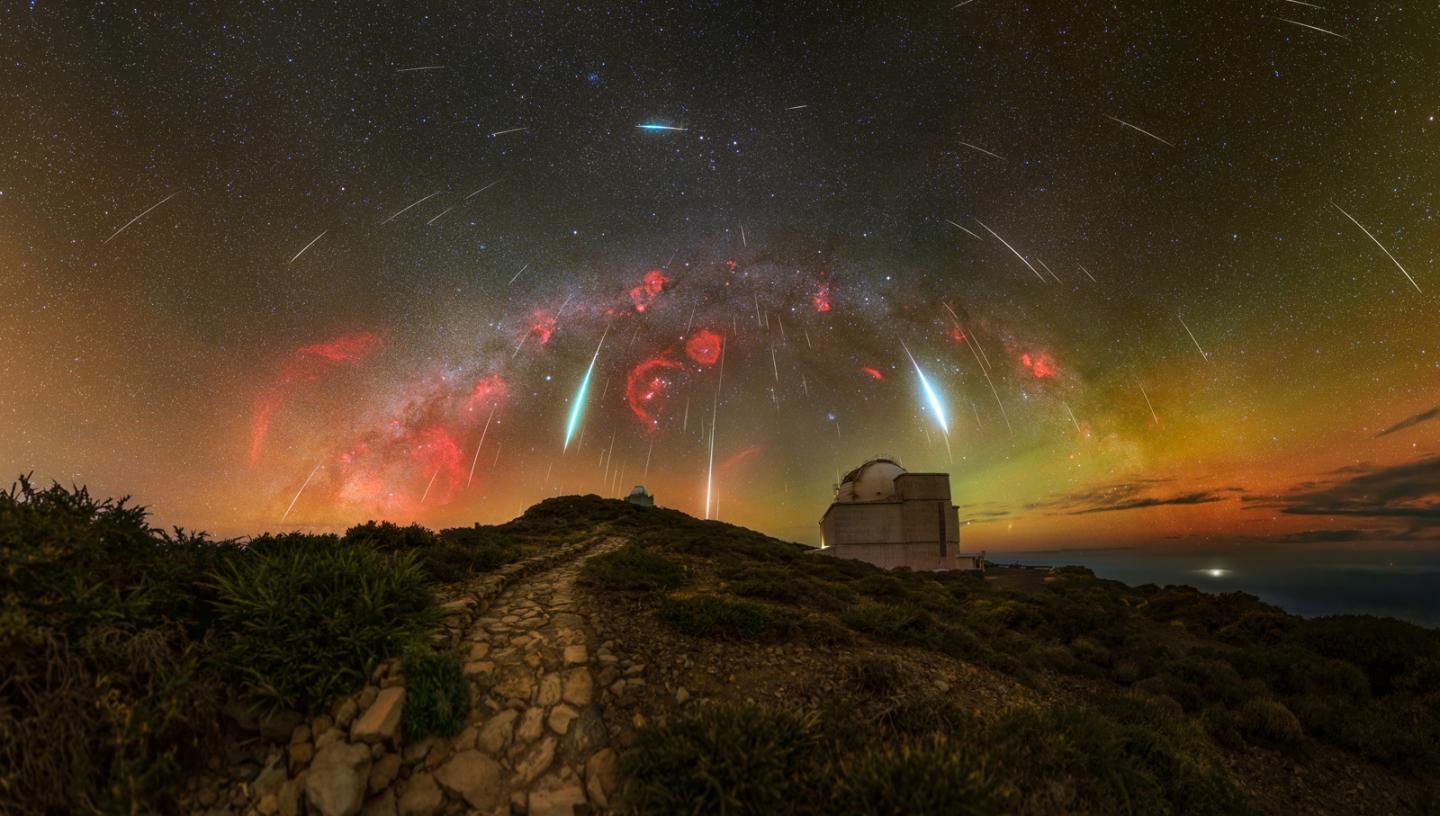
A meteor shower - Photo: ROYAL GREENWICH MUSEUM
1. "Heavenly Orchestra" rains
According to Time and Date, the Lyrids are the first meteor shower that humanity will witness in the new year of the Snake.
The Lyrids are named after the Latin name of the constellation Lyra, from which the meteors appear to emanate. The Lyrids fall from April 14 to 30, peaking on the night of April 22 and early morning of April 23 from Vietnam, with about 18 meteors per hour.
But in fact this meteor shower comes from the dusty tail of Comet Thatcher, which takes about 415 years to orbit the Sun and will not pass close to Earth again until 2276.
2. The bright spot in the middle of Aquarius
From April 19 to May 28, humanity will witness the Eta Aquarids meteor shower, named after the star Eta Aquarii, one of the brightest stars in the constellation Aquarius. The true source of the Eta Aquarids is Halley's comet.
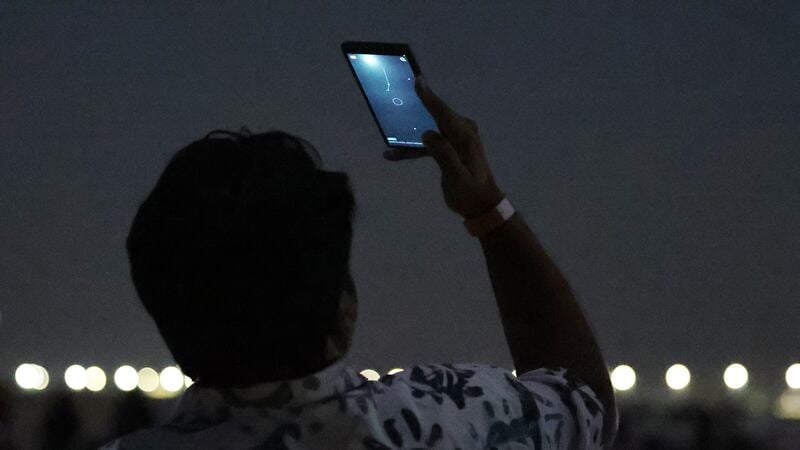
A person holding a phone tries to capture images of a meteor shower - Photo: THE NATIONAL
From Vietnam, the peak night of Eta Aquarids falls on the night of May 5 and early morning of May 6 with about 50 shooting stars per hour.
3. Fiery Perseids
Up to 100 meteors are expected to fall on the night of August 12 and early morning of August 13, which is the peak phase of the Perseids.
The shower originates from the comet Swift-Tuttle but appears to radiate from the constellation Perseus. The first Perseids will fall on July 17, and the last will disappear after August 24.
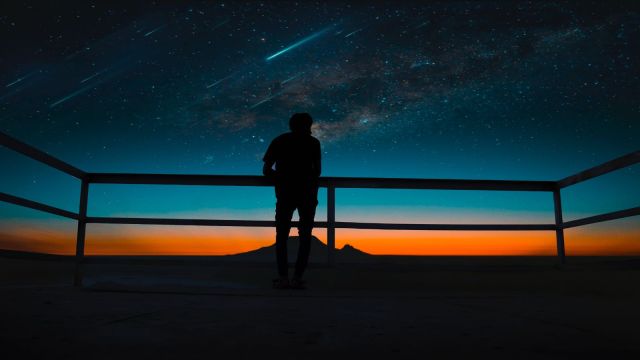
A person watching the meteor shower from India - Photo: INDIA EXPRES
4. "Dragon of the sky" breathes fire
The Draconids meteor shower will appear from October 6 to 10, peaking on the night of October 8 and early morning of October 9 with about 5 meteors per hour.
The Draconids appear to stream from the constellation Draco, but their true source is comet 21P/Giacobini-Zinner.
5. Find the hunter
The Orionids meteor shower will fall from October 2 to November 7, peaking on the night of October 21 and early morning of October 22 with about 20 meteors per hour.
This is the second meteor shower produced by Halley's Comet this year. To observe the shooting stars from the moment they appear in the sky, look for the image of Orion the Hunter, the constellation of Orion.
6. Leo November
The Leonids meteor shower will fall from November 6 to 30, with 10 meteors per hour on the night of November 17 and early morning of November 18.
The Leonids have a parent object, comet Tempel-Tuttle, but will originate from the constellation Leo.
7. The most beautiful meteor shower of the year Geminids
The Geminids meteor shower, named after the constellation Gemini, is the biggest meteor shower of the year with about 150 shooting stars per hour when it peaks on the night of December 14 and early morning of December 15.
The Geminids will begin falling from December 4 to 20 and originate from the asteroid 3200 Phaethon.
8. Christmas "Baby Bear"
The Ursids fall from December 17 to 26 and peak just two nights before Christmas Eve - the night of December 22 and the morning of December 23 - with about 10 shooting stars per hour.
The Ursids originate from the constellation Ursa Minor and have comet 8P/Tuttle as their "parent".
9. Quadrantids January
Although it is the meteor shower of 2026, with its peak falling on the night of January 3 and early morning of January 4, 2026, Quadrantids is still the meteor shower of the year of the Snake.
The Quadrantids will fall from December 28 to January 12, 2026, with 80 meteors per hour during the peak night. Its parent object is asteroid 2003 EH.
Source: https://nld.com.vn/9-tran-mua-sao-bang-noi-bat-nhat-nam-ran-196250126224517255.htm



![[Photo] Opening of the 44th session of the National Assembly Standing Committee](https://vstatic.vietnam.vn/vietnam/resource/IMAGE/2025/4/14/03a1687d4f584352a4b7aa6aa0f73792)
![[Photo] Touching images recreated at the program "Resources for Victory"](https://vstatic.vietnam.vn/vietnam/resource/IMAGE/2025/4/14/99863147ad274f01a9b208519ebc0dd2)
![[Photo] Children's smiles - hope after the earthquake disaster in Myanmar](https://vstatic.vietnam.vn/vietnam/resource/IMAGE/2025/4/14/9fc59328310d43839c4d369d08421cf3)

![[Photo] General Secretary To Lam chairs the third meeting to review the implementation of Resolution No. 18-NQ/TW](https://vstatic.vietnam.vn/vietnam/resource/IMAGE/2025/4/14/10f646e55e8e4f3b8c9ae2e35705481d)
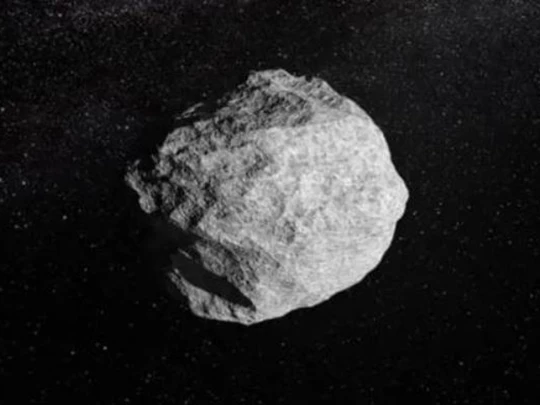

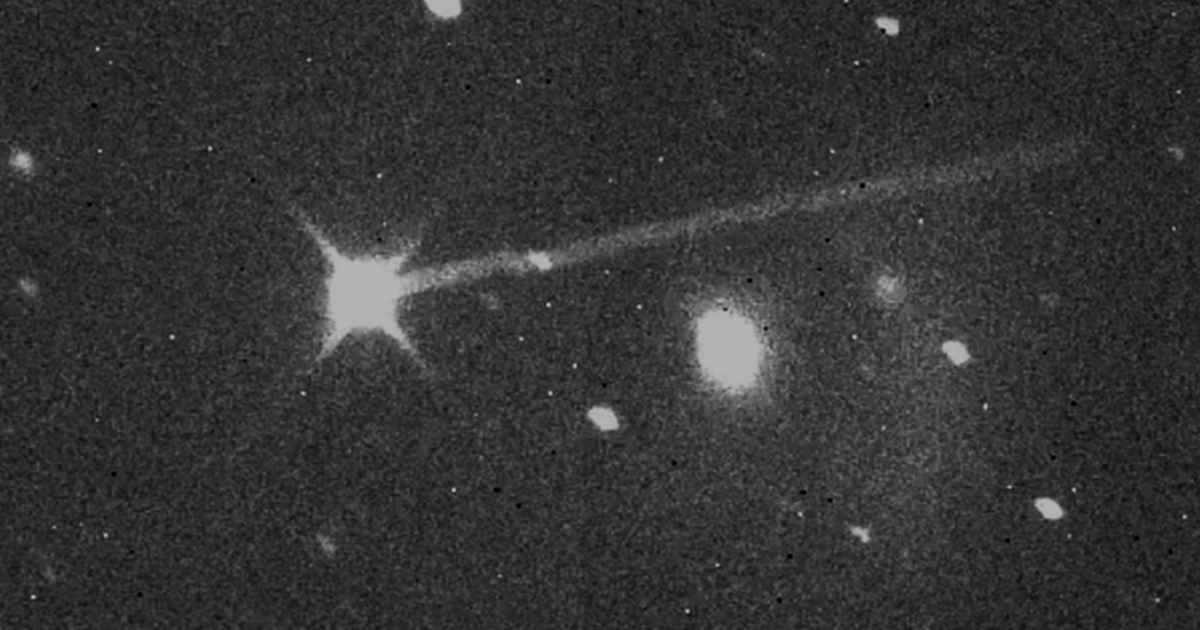

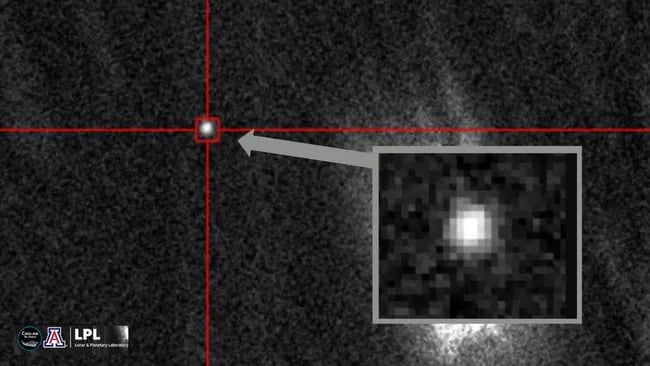

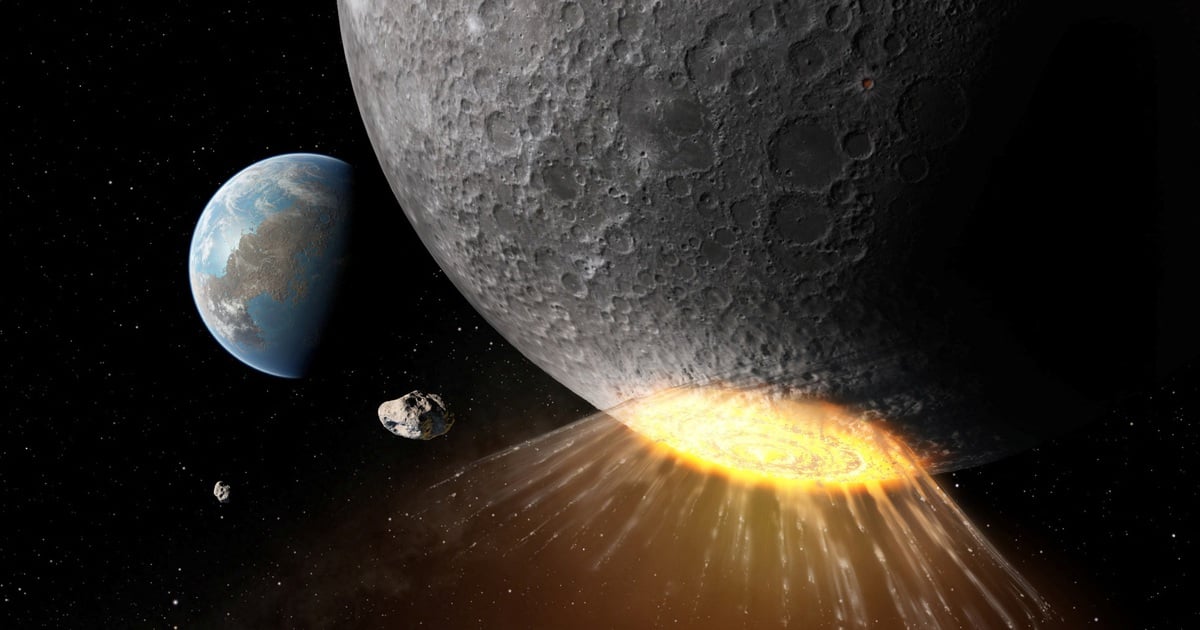
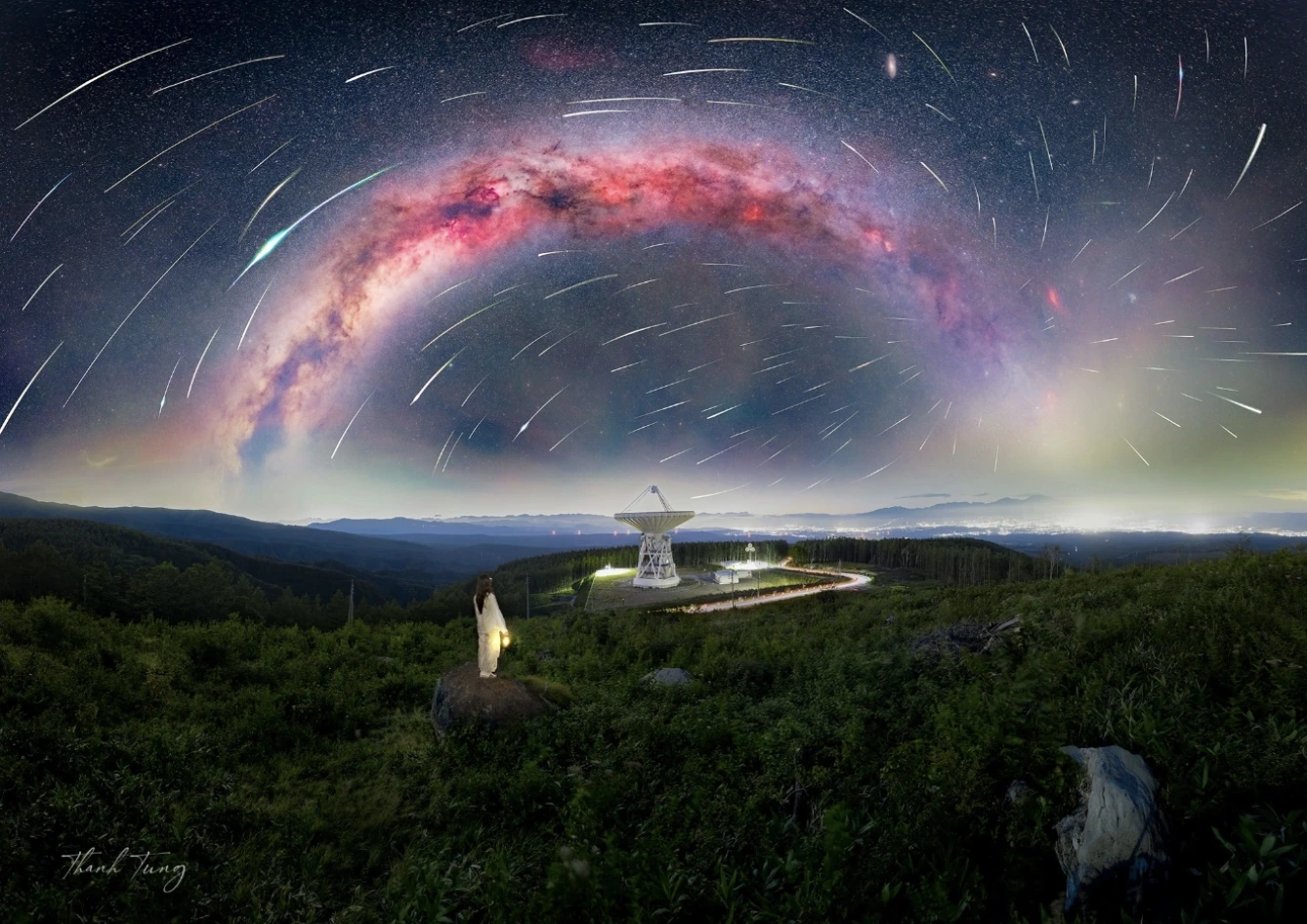
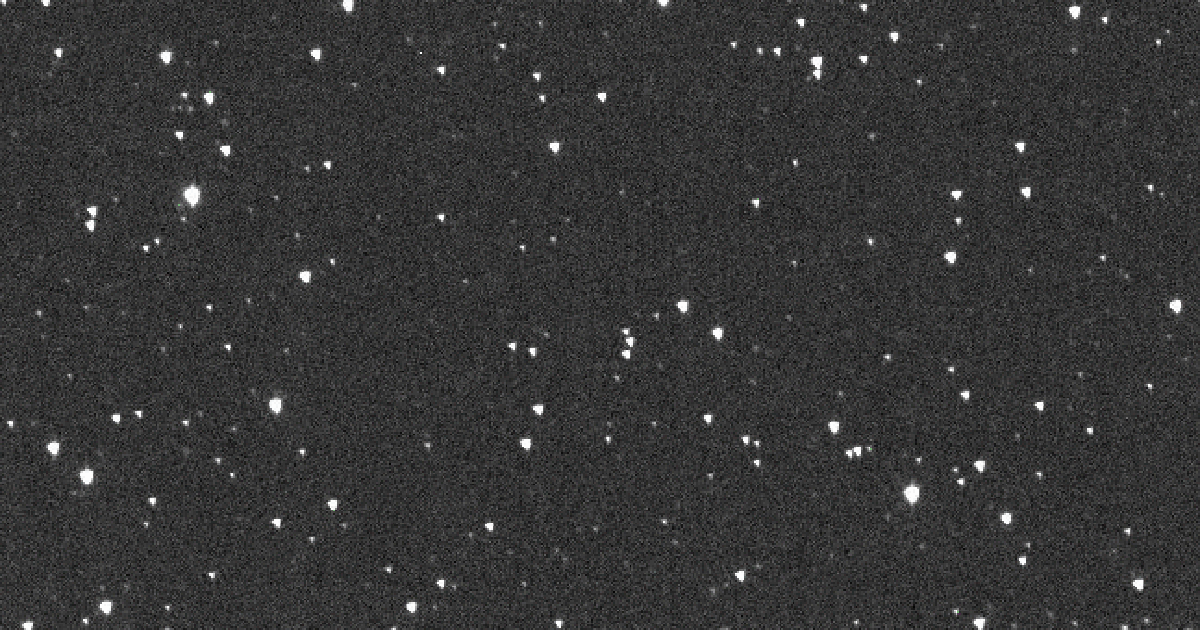







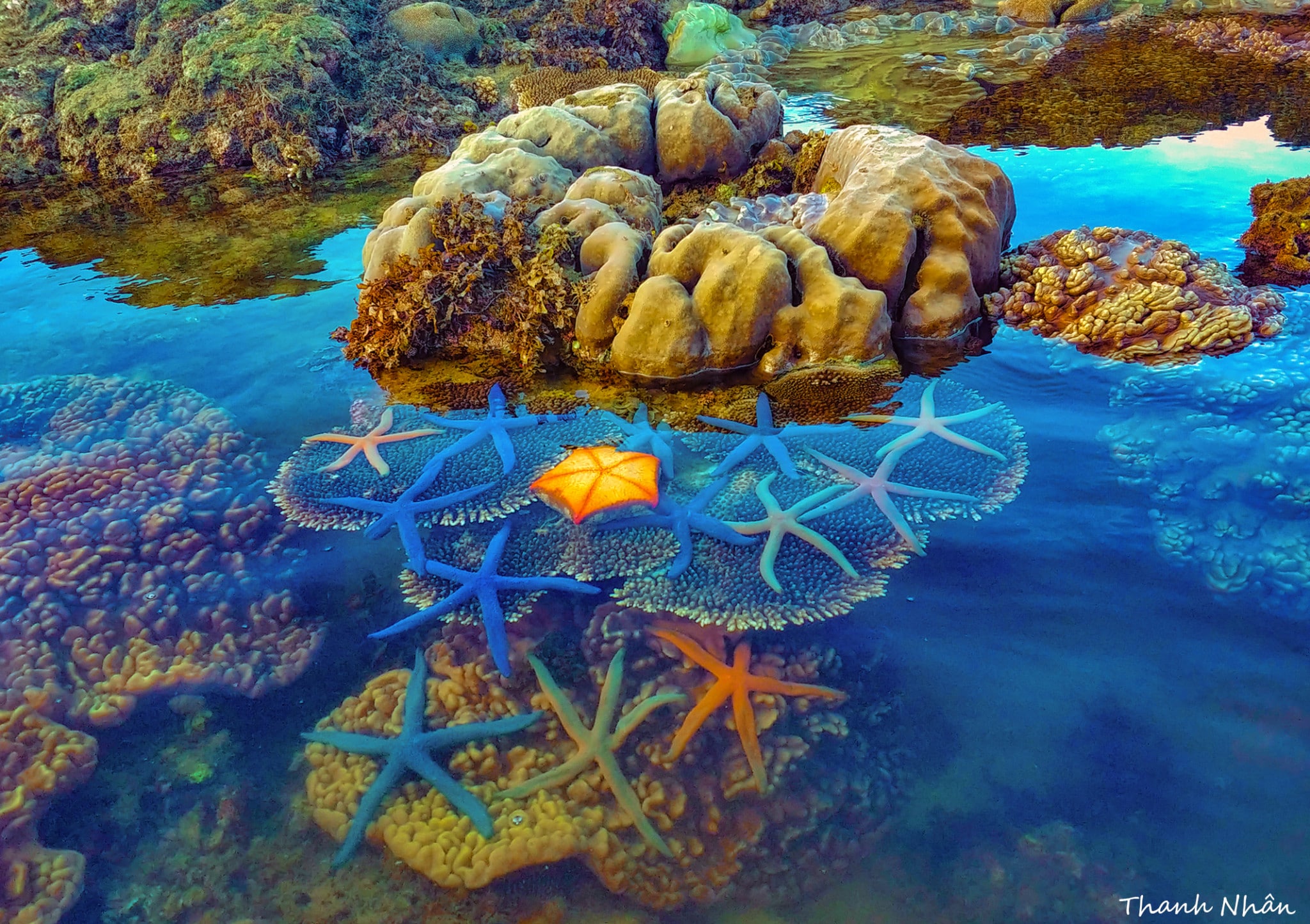




































































Comment (0)